Content from the Brookings-Tsinghua Public Policy Center is now archived. Since October 1, 2020, Brookings has maintained a limited partnership with Tsinghua University School of Public Policy and Management that is intended to facilitate jointly organized dialogues, meetings, and/or events.
President Trump and President Xi are approaching Trump’s November 8-10 state visit to China with different objectives. Trump will seek to impress upon Xi that times have changed and the United States will no longer tolerate imbalanced trade and unsatisfactory cooperation on North Korea. Xi, on the other hand, will seek to protect the status quo by investing Trump in responsibly managing the bilateral relationship.
How the two leaders do—or do not—reconcile these divergent objectives will go a long way toward defining the trajectory of the U.S.-China relationship going forward.
Xi’s Approach
Coming on the heels of his consolidation of power at the late-October 19th Communist Party Congress, Xi will approach the state visit from a position of strength. He will use the global attention of Trump’s visit to showcase the progress that has been achieved under his watch to strengthen China domestically and elevate its stature globally.
Underlying all of Xi’s presentations to Trump will be a desire for greater strategic space. Xi would like space to manage domestic challenges, consolidate control over contested areas, and expand China’s international influence. Beijing does not want Washington on its doorstep knitting together regional trade pacts that set high standards, elevating the role of regional institutions, or strengthening coordination with and among allies. It does not want Washington rallying support for democratic governance and universal values, and investing the rest of the region in a shared vision of a non-hierarchical, rules-based regional order in the Asia-Pacific.
Reflecting these objectives, Xi will work to deliver a visually positive visit, complete with seemingly special touches—such as a private tour of the Forbidden City and an intimate dinner in the Zhongnanhai leadership compound—to showcase his personal role in managing U.S.-China relations, and President Trump in particular. Xi will lavish pomp and ceremony on Trump. Xi would be fine having a symbolism-heavy, substance-light visit, largely because he does not want or need a lot from Trump, and is broadly comfortable with the relationship as it currently stands. Xi’s goal will be for Trump to leave Beijing satisfied that he was accorded due respect and convinced that he should continue pursuing a “constructive, results-based” approach to China in order to achieve the goals he seeks—more balanced trade and better cooperation on North Korea.
Trump’s Approach
President Trump will arrive in Beijing determined to show that a new sheriff is in town. Trump believes bilateral imbalances have accumulated as a result of U.S. weakness in pushing back on problematic Chinese behavior, and that by demonstrating his own strength and resolve, he will convince Xi that China must moderate its behavior in order to preserve stability in the bilateral relationship. Unlike previous state visits where deliverables were negotiated for months and used as yardsticks of the success of the visit, Trump would like the lasting legacy of this summit to be his success in compelling Xi to adopt an attitudinal shift in his approach to the relationship.
Trump would like the lasting legacy of this summit to be his success in compelling Xi to adopt an attitudinal shift.
On trade, Trump justifiably believes that China has pursued strategies to give Chinese firms unfair competitive advantages over U.S. firms. Examples include forced technology transfer as a condition of entry into the Chinese market for some sectors, widespread theft of U.S. intellectual property, Chinese government-backed subsidization of national champions, government-funded industrial policies, non-reciprocal barriers to market access in certain sectors, and Chinese government-backed acquisitions of U.S. firms, particularly in cutting edge industries.
Trump wants to sharpen the choice for Xi between moderating these types of market-distorting practices and facing protectionist barriers such as tariffs or quotas on Chinese exports to the U.S. market if he does not. Trump appears to believe that China’s desire for stable relations and its high volume of exports to the United States give him leverage to squeeze concessions out of Xi, and that these concessions will lead to a reduction in the trade deficit with China.
There are several risks with these assumptions:
- Trump has tried to increase pressure on trade for much of the past six months through tweets, phone calls with Xi, and messages conveyed through his envoys, to no avail. During that period, China has not blinked. The U.S. trade deficit with China has grown, not shrunk.
- China’s dependence on the U.S. market for its exports is not what it once was. When measured by value added, Chinese exports to the United States account for only 3 percent of its GDP. This figure will continue to decline as China’s growth model becomes less export-dependent and more concentrated around domestic sources of growth.
- Xi calculates that Trump needs more from China (on North Korea) than vice versa, and also that any major U.S. punitive measures against China would also hurt the U.S. economy, given the interdependence between both economies.
- Xi will prioritize economic initiatives he believes are necessary to transition China’s economy, even if it comes at the expense of friction with Trump.
- Beijing will not accept the diagnosis that trade imbalances are a result of unfair trade practices. Instead, Xi will argue that automation, evolving global supply chains, and increased competitiveness of Chinese firms account for much of the trade imbalances. Xi likely will leave unsaid the prevailing view in Beijing that the United States should stop complaining and start competing if it wants a more balanced economic relationship.
Given these constraints on breakthrough progress, Trump would be wise to keep public expectations in check, including by not over-promising on his ability to close the trade deficit with China, particularly given that the deficit is a reflection of larger macroeconomic forces and not primarily a measure of fairness in the U.S.-China trade relationship. Trump should avoid levying specific threats of future enforcement actions, as doing so now would only result in limiting future negotiating space. Trump should push Xi to accelerate implementation of his stalled economic reform agenda, which, if implemented, would result in greater Chinese demand for American goods and services. Trump also should avoid the Chinese trap of overblowing the significance of commercial deals that likely will be signed during his visit. The Chinese seek to use deal signings of items they otherwise plan to purchase around every presidential visit, both to buy goodwill and also to seek to deflect pressure away from U.S. demands for greater market access, and for structural reforms to China’s economy.
The North Korea question
On North Korea, there similarly is risk of a disconnect between U.S. and Chinese expectations. Building on his success to date in moving China to increase pressure on North Korea, Trump likely will call for Xi to further ramp up efforts, including by cutting off oil and adopting unilateral measures to instill fear in Kim Jong-un that he risks abandonment if he does not heed demands to halt testing and unconditionally enter into talks on denuclearization.
This request likely will be too much for Xi to countenance. Instead, Xi likely will emphasize all the ways in which China is increasing pressure to unprecedented levels, including by adhering to U.S. unilateral sanctions, and explain that China has gone as far as it can for now in increasing pressure on North Korea (at least until there are further provocative moves by Pyongyang). Xi may suggest that China is committed to working with the United States to achieve the shared objective of denuclearization, and the United States and China should focus now on developing a joint game-plan for bringing about denuclearization. Xi likely will give Trump satisfaction that he shares in frustration over North Korea and seeks the same end-goal; however, the net effect of Xi’s presentation very likely will be an incremental step forward in U.S.-China coordination, and not any type of “grand bargain” for resolving the North Korea challenge.
Even if this proves to be the case, it would nevertheless be wise for Trump to highlight progress in deepening U.S.-China coordination on North Korea. The credibility of Trump’s pressure campaign is enhanced by a perception of lockstep unity of purpose between the United States, China, Japan, South Korea, and Russia. It will be important for Kim Jong-un to see Trump and Xi standing shoulder-to-shoulder speaking from the same script.
Studying the script
The words Trump chooses in Beijing will be analyzed and finely parsed, not just in Pyongyang, but also throughout the region and beyond. Foreign leaders will take measure of Trump by whether he is able to override classic Chinese pressure to “avoid offending the host” by speaking clearly in public about the United States’ unwavering support for upholding rules and norms, universal values, and the credibility of our commitments to allies and partners, including Taiwan.
Previous presidents have hit consistent notes in discussing these sensitive issues publically when they visit Beijing. Irrespective of whether he chooses to adopt a different tone in his private exchanges with Xi, Trump would benefit by speaking in support of these principles, given the manner by which their articulation or omission is used as a measure of the U.S. president in Asia. The less clear Trump is in talking about longstanding U.S. interests, the greater the likelihood that countries in the region will move further toward China as a hedge against uncertainty about U.S. reliability.
The stakes are high. The U.S.-China relationship is the most consequential bilateral relationship in the world. What happens during China state visits has consequences for U.S. global standing. Xi will be meticulously prepared and vigilantly on-script. Trump needs to be as well.
The Brookings Institution is committed to quality, independence, and impact.
We are supported by a diverse array of funders. In line with our values and policies, each Brookings publication represents the sole views of its author(s).

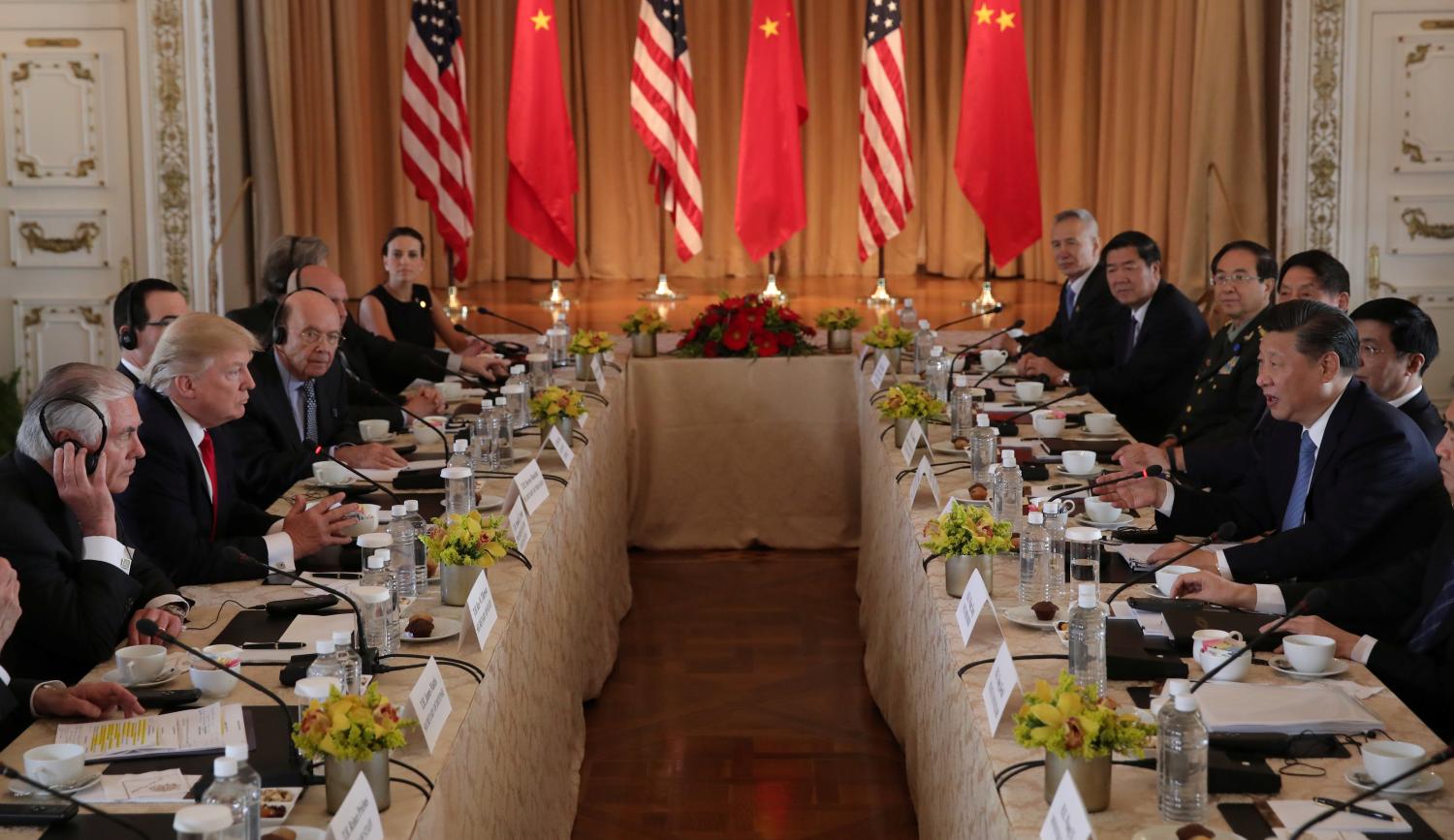
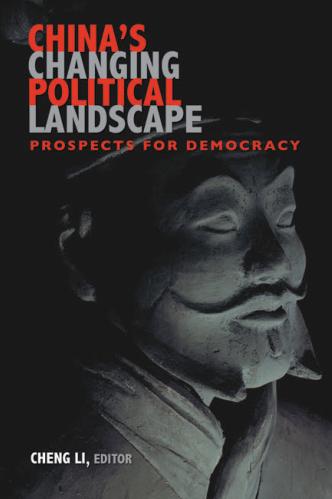
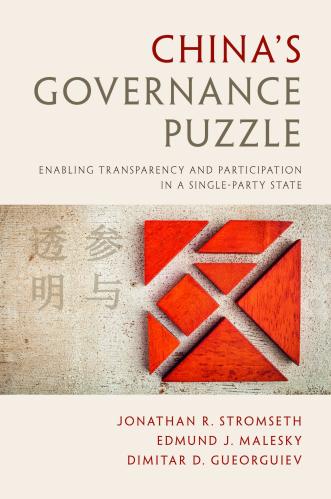
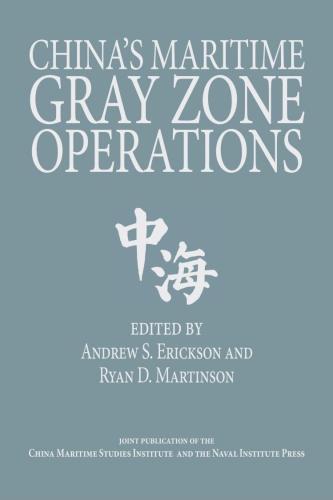
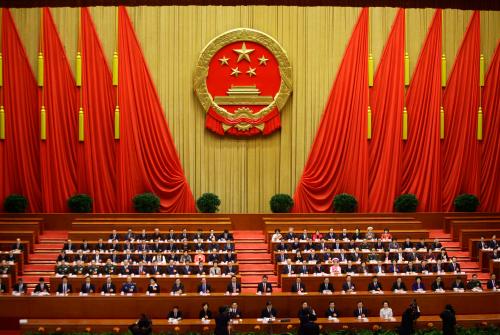
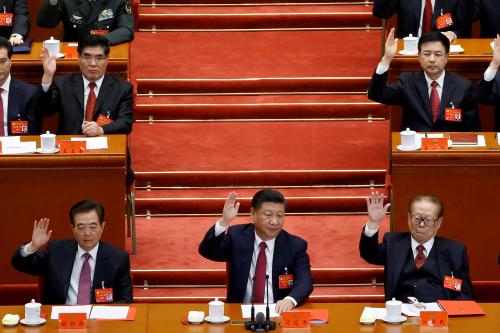
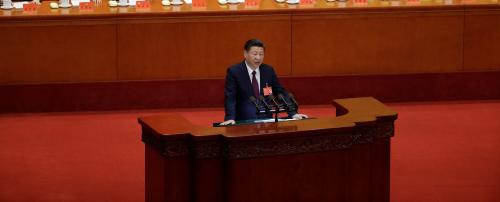

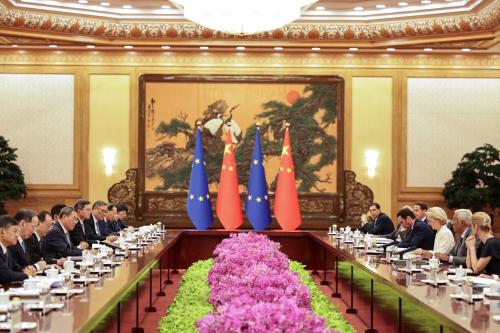
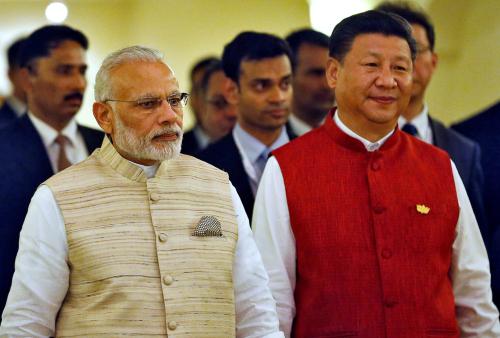
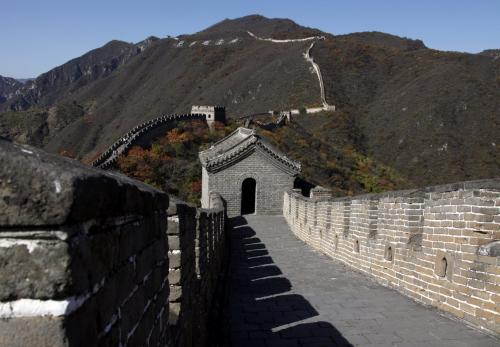
Commentary
Trump in China: One visit, two divergent goals
October 26, 2017